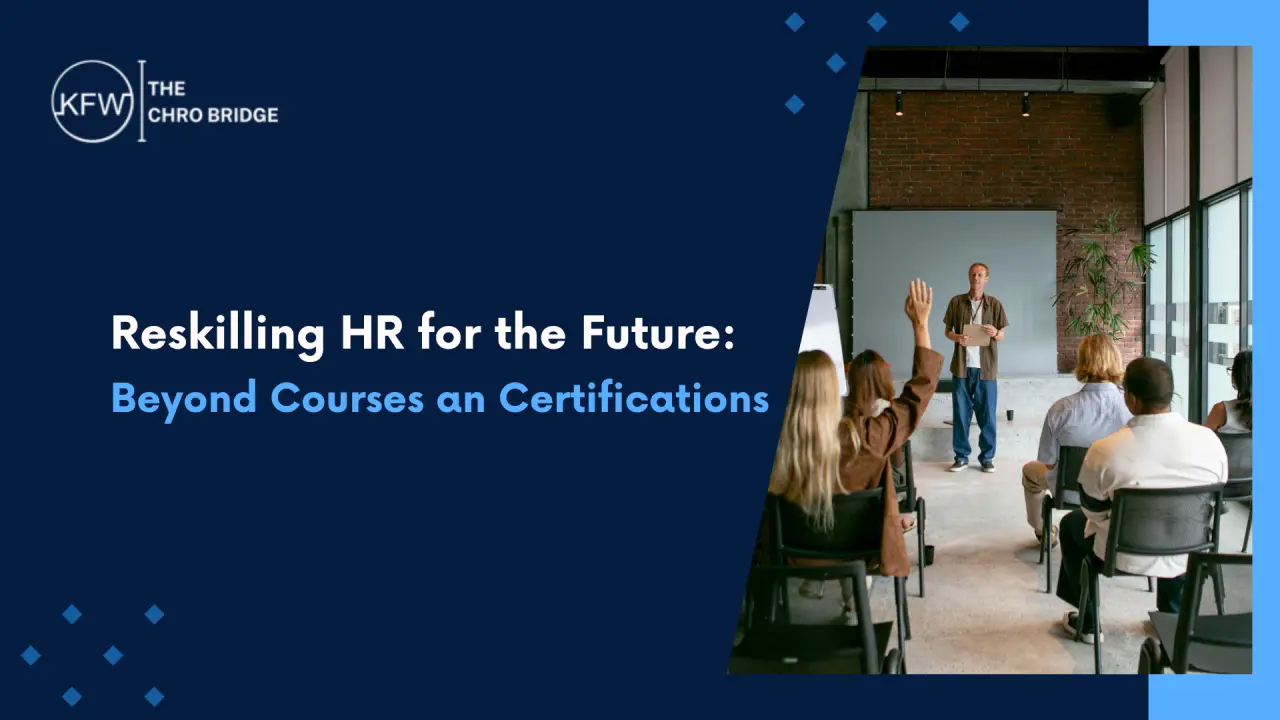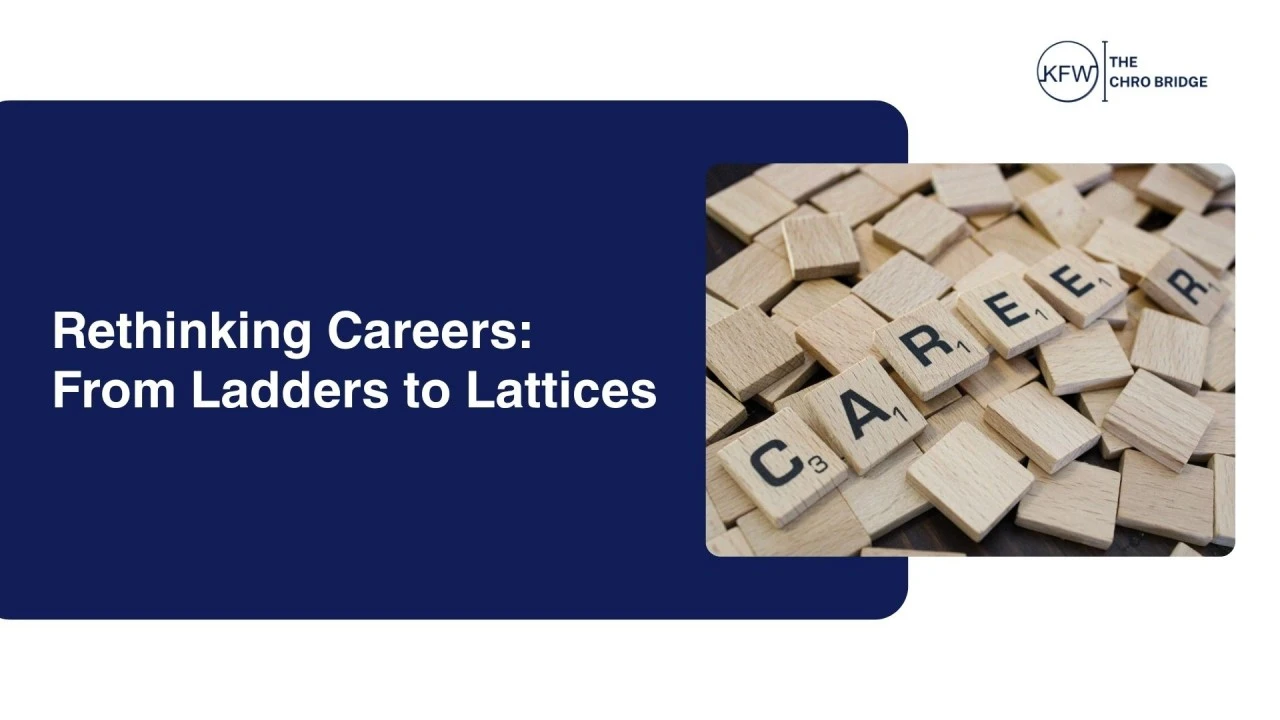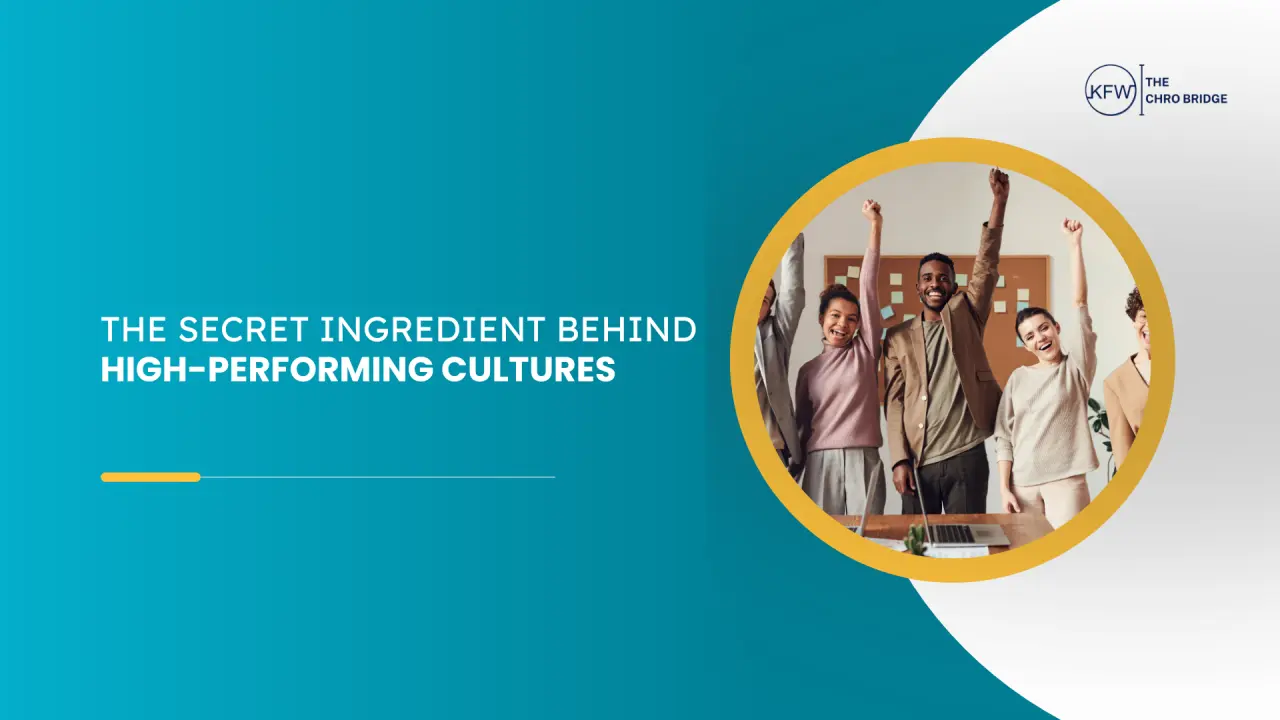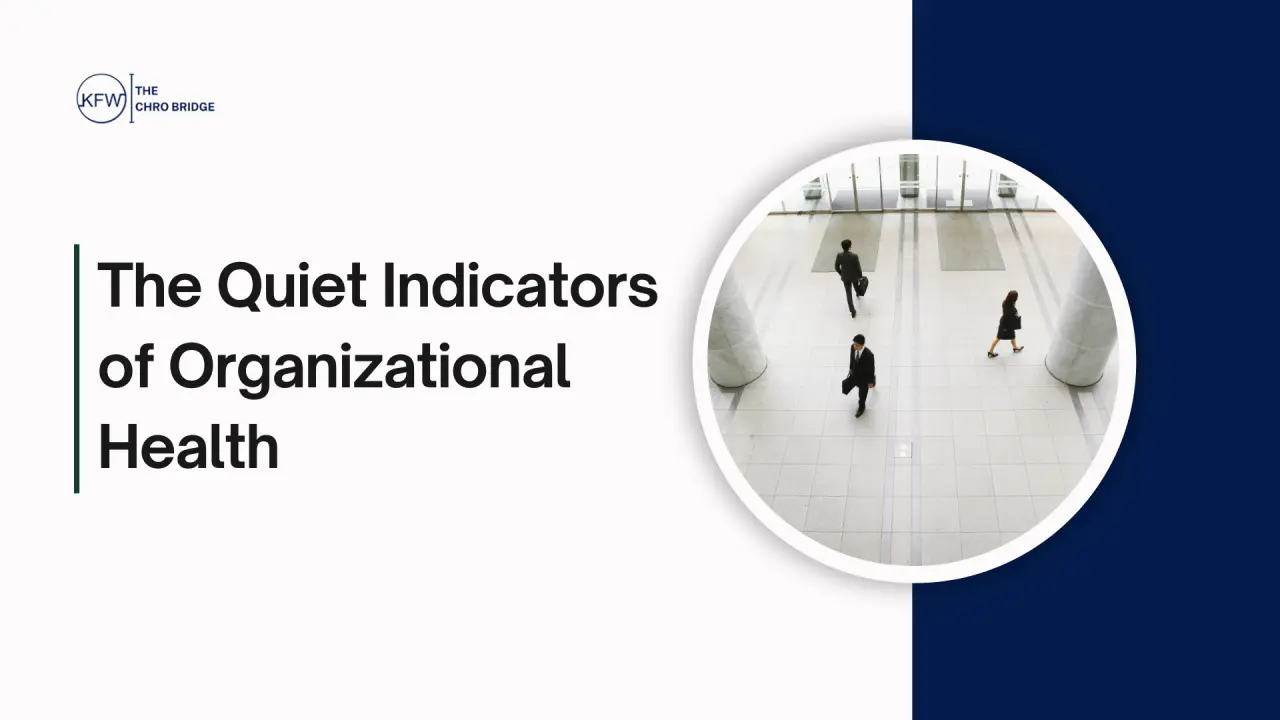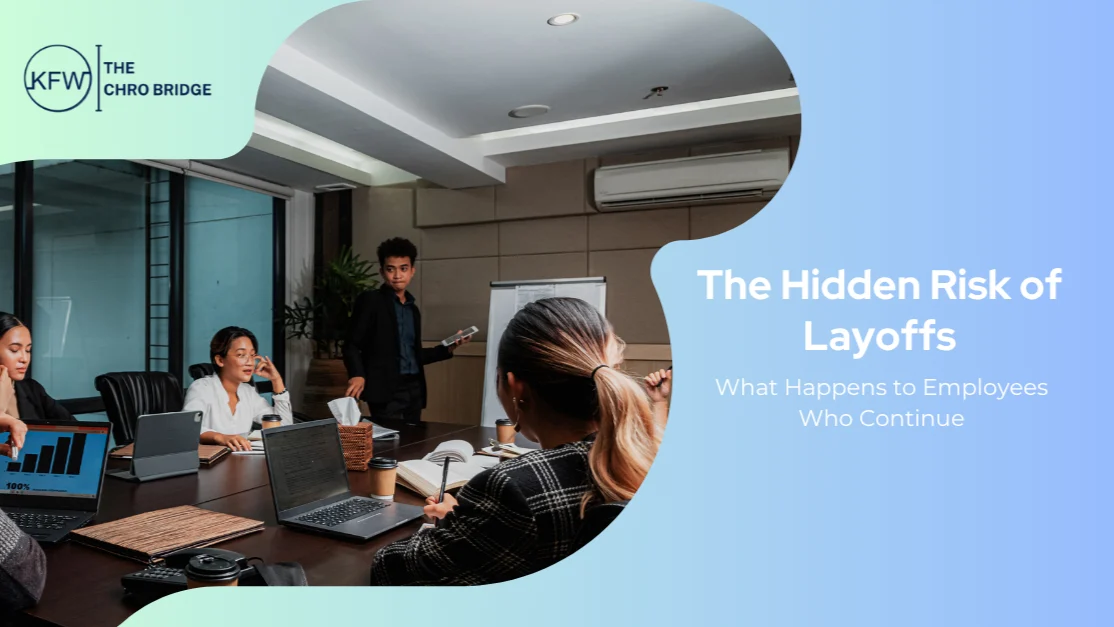From Data to Decisions: How AI is Changing HR Culture
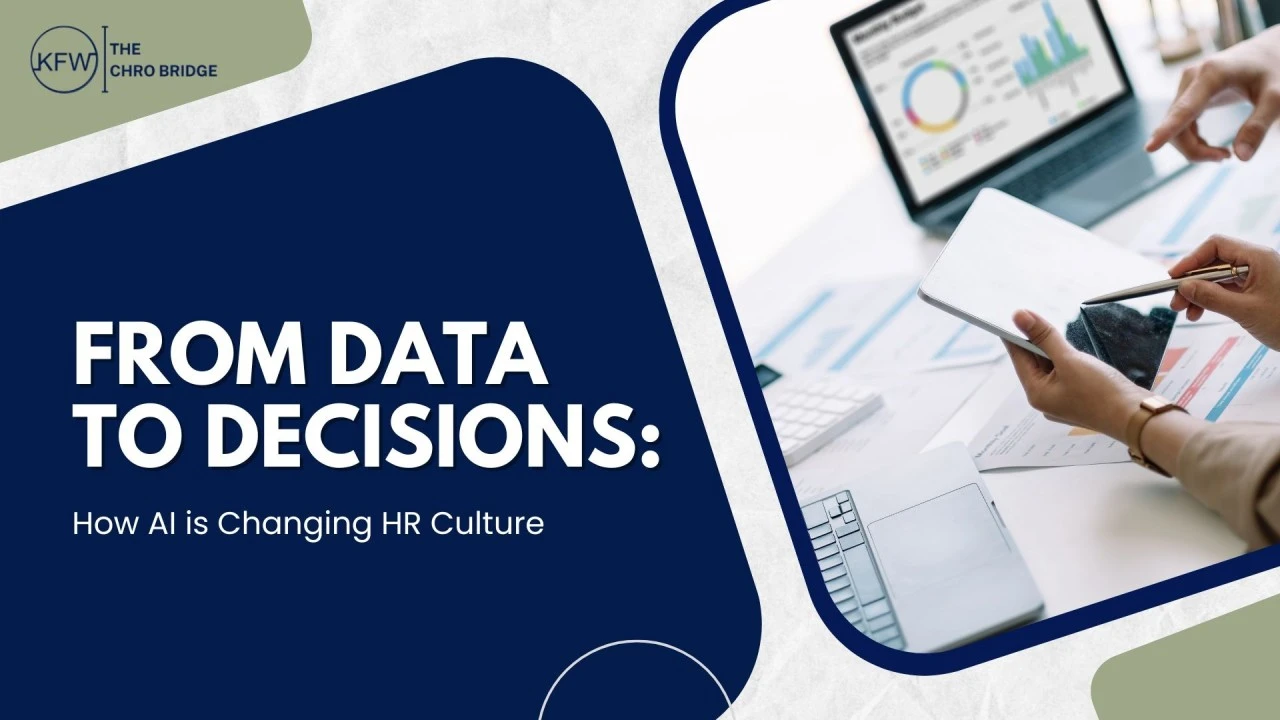
AI is not just a tool for automation anymore. In HR, it is quietly helping leaders notice things that were easy to miss before, patterns in behavior, gaps in processes, even small signals that indicate bigger issues. And these insights are starting to shift how organizations think about people, culture, and performance.
Retention: Small Changes Leading To Big ImpactLet us look at employee retention. A company kept losing mid-level employees. They tried surveys, exit interviews, check-ins, but nothing seemed to stick. Then AI stepped in. What they found was not obvious: some steps in onboarding nudged people toward leaving. Fixing a few of those steps, clarifying expectations, adding mentorship, it made a noticeable difference. A small change, leading to a big impact.
Performance Reviews: From Blame to SupportPerformance reviews tell a similar story. A regional firm noticed some employees weren't performing as expected. AI helped with deeper insights. The problem was not the employees, it was the communication gap. Once leaders understood that, they adjusted workflows and feedback. The process became less about blame and more about support.
Recruitment: Smarter and FasterEven the way we hire is evolving. Predictive tools are now actively helping us in identifying candidates who are likely to prosper, not just the one with the right degrees or experience. This at large helps recruiters to spend their quality time connecting with people who really are a fit. The result? Faster hiring, better cultural fit, and higher long-term success.
The Human-AI BalanceHere is the thing: AI is not here to replace humans. It simply highlights trends we cannot easily see on our own. It shows blind spots, patterns, and opportunities. But the final judgment, the decisions, and the empathy still come from people. Leaders who use AI thoughtfully can act with insight and care, not just solely relying on data.
What Leaders Should Take AwayAI in HR is a tool which helps people in noticing which might otherwise be missed. The leaders who pay attention to tenuous signals, rethink over processes, and act thoughtfully create workplaces where people can honestly grow. Engagement intensifies, talent flourishes, and organizations become more resilient, not solely because of technology, but because humans were able to use it wisely.

